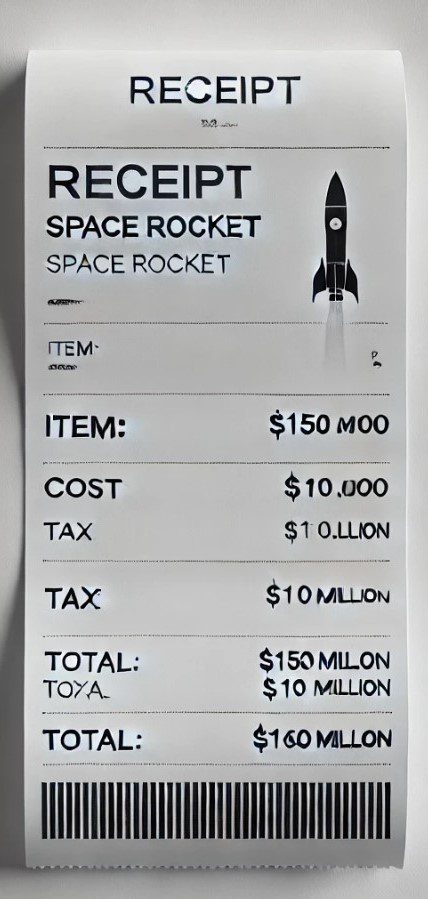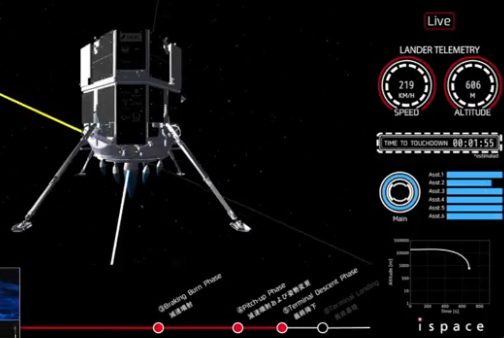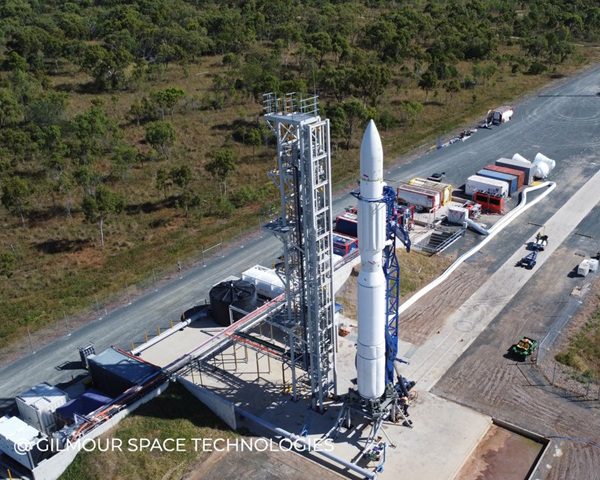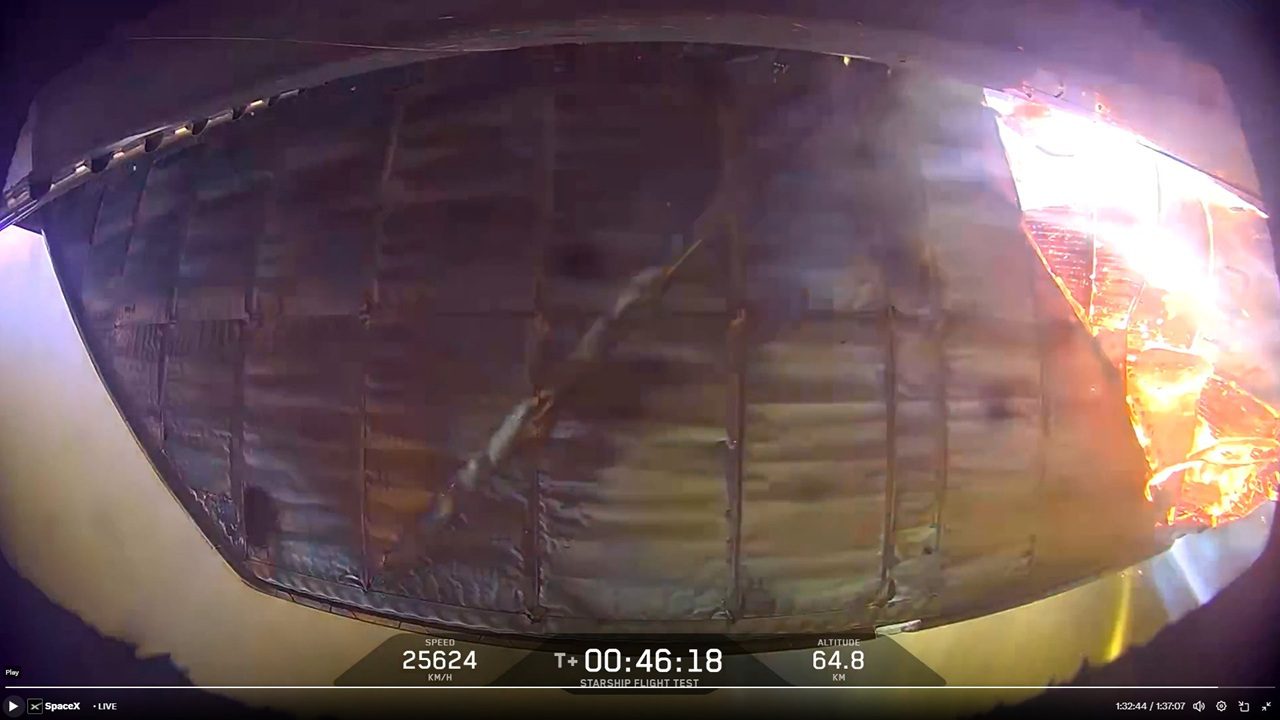Last week Maryland based-computer game company Vision Videogames began work under a contract with NASA for a 3D visualisation software package for the US space agency’s Constellation programme.
Called SIMConstellation, its graphical elements showing 3D Ares rockets and the Orion crew exploration vehicle and Altair lunar lander will incorporate engineering and performance data. This will enable NASA engineers to literally see trade space studies change effects to the vehicles and missions’ parameters.
No up-to-date images are available yet for SIMConstellation but this image below from the programme SimCEV shows what was done in 2005, when as a subcontractor Vision Videogames demonstrated to NASA what was possible with visualisation software.
“We are just getting underway [with SIMConstellation]. We created the first [software] prototype six months ago and now we’re under contract. But [NASA] has been using the prototype since November and has distributed it to its engineers,” says Vision Videogames chief executive Bill Mueller, who declined to disclose the value of the 2005 subcontract and the 2008 contract.Mueller is also working with NASA’s Ames Research Center on the development of a robot data transfer programme, to automatically upload Constellation project office data into the visualisation software. Manual input is seen as too susceptible to error.
SIMConstellation is being coded using the C++ language, with a “flexible user interface”, and will be capable of 3D visualisation. Selecting a part of the 3D visualisation, for example the solid rocket booster (SRB) first-stage of the Ares I crew launch vehicle, will bring up on screen the related performance data that can be changed to show trade study decision effects.
Mueller explained that different uses of terminology for the same data sets was an ongoing issue for Constellation and that NASA had a team “to wrangle in” the many project offices’ groups using slightly different names.
The visualisation software is seen as a solution to the effective use, by engineers, of the huge quantities of data, currently on spreadsheets, that can numerically represent the entire vehicles and their systems and subsystems’ performance through an entire mission. For SIMConstellation’s development NASA has given Mueller a spreadsheet of restricted vehicle data.
As well as early Orion and Lunar Surface Access Module vehicle data, SimCEV incorporated artifical intelligence for astronaut avatars to enable NASA to examine how crew could enter and exit the vehicles and move around within them.
Before SimCEV Mueller’s company developed its International Space Station simulation game through a NASA space act agreement.






